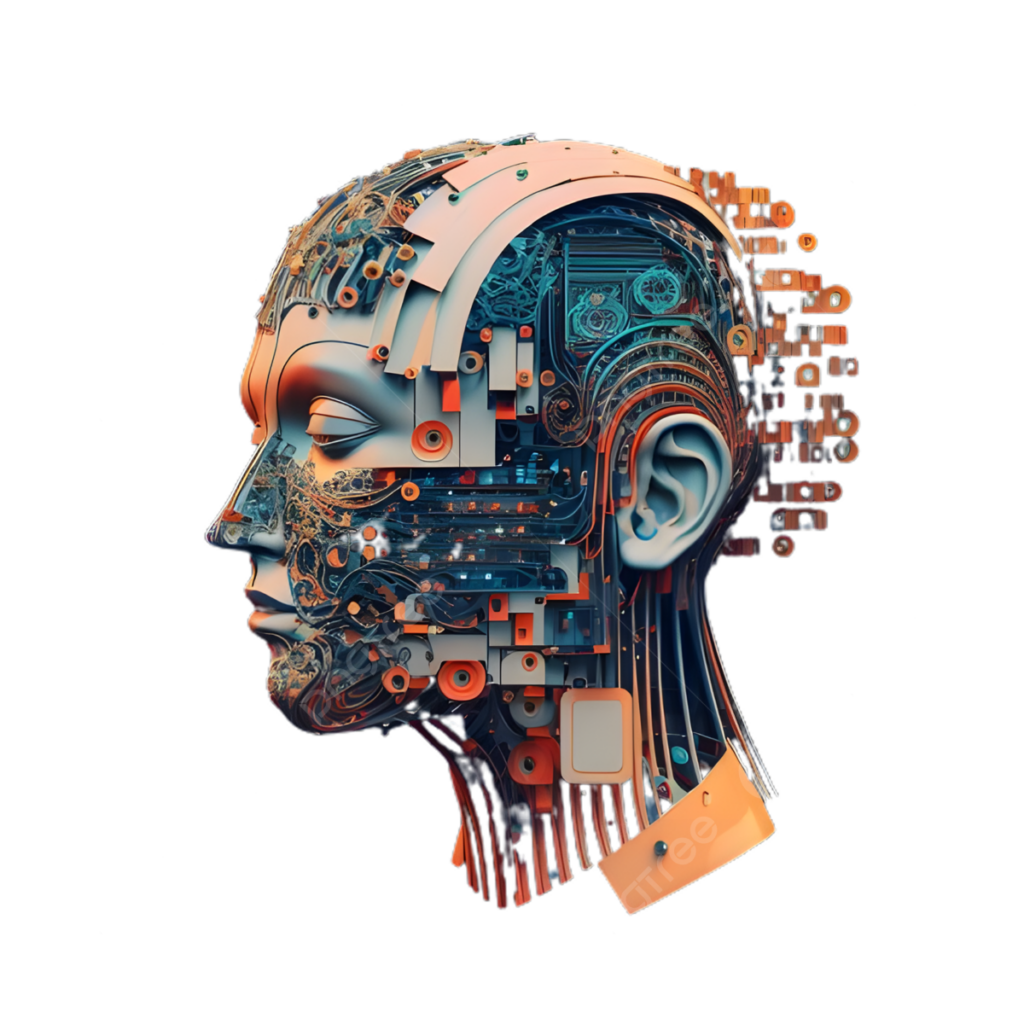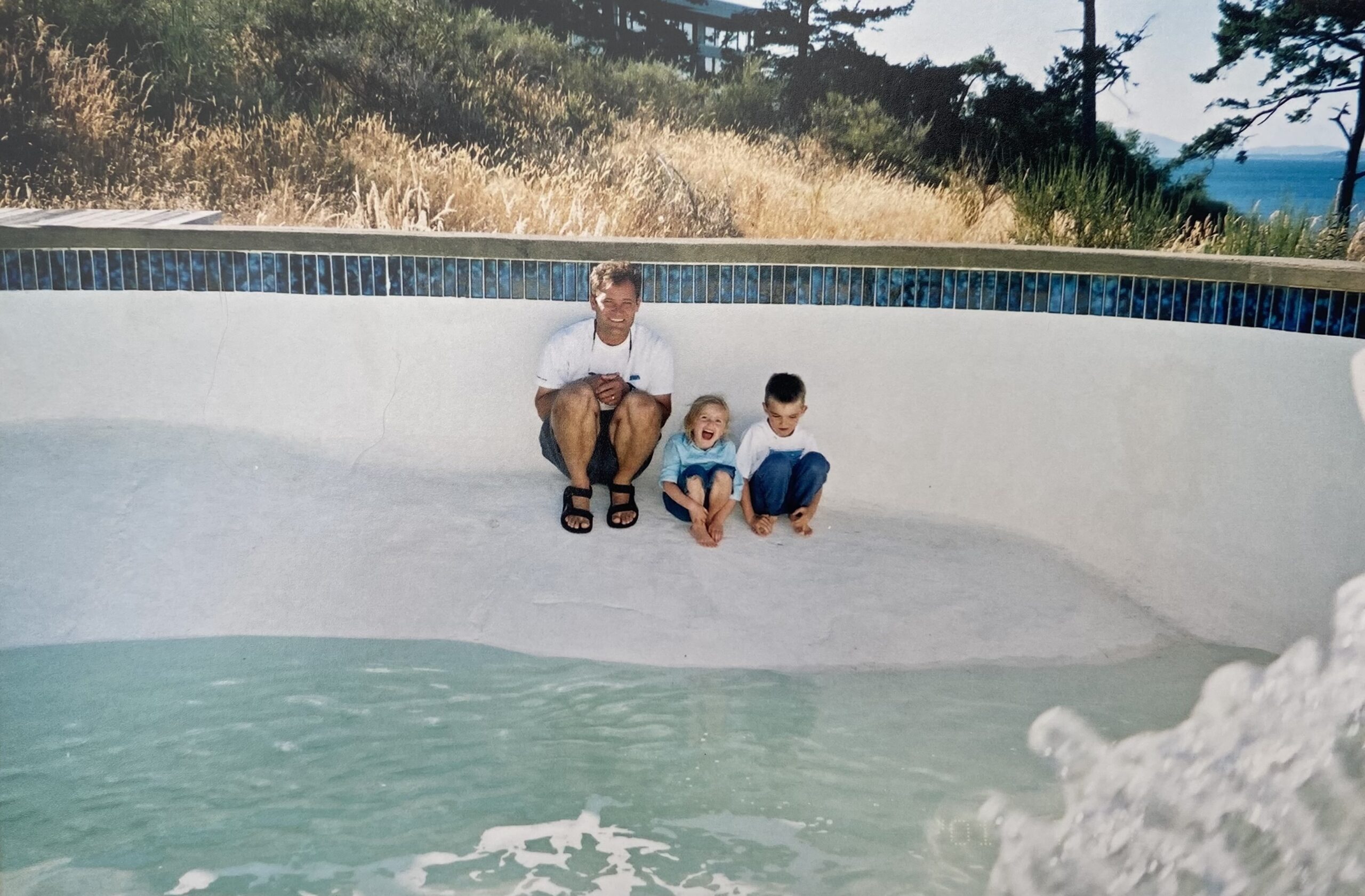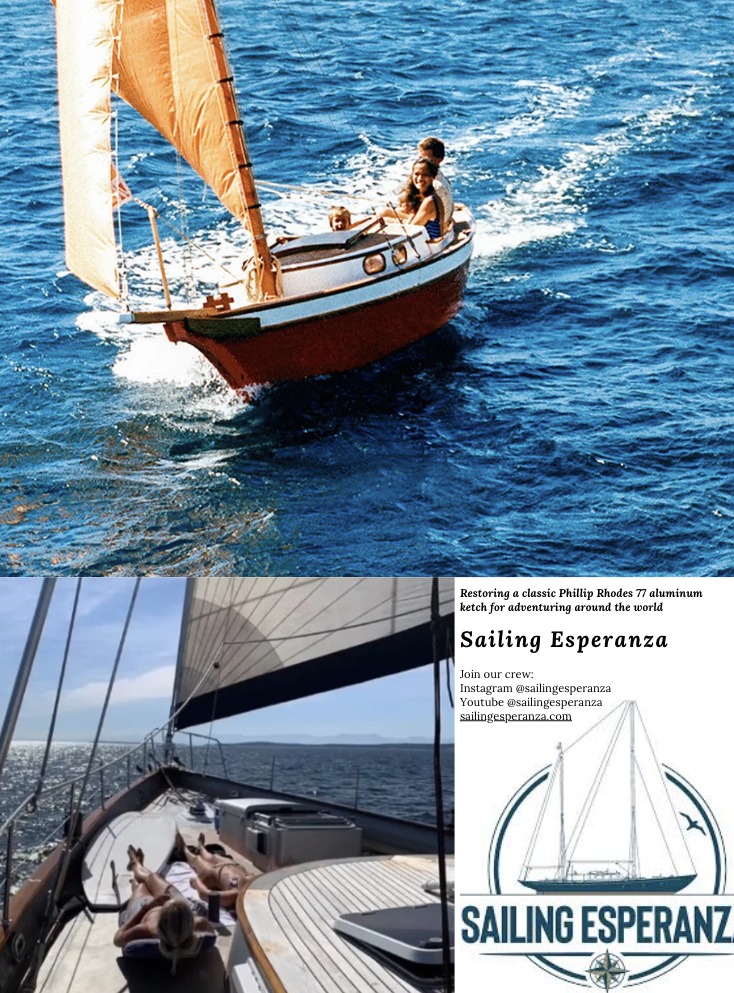Guest: Kirsten Pierce
Today in class, we discussed the connection between technology and outdoor education. We visited Finnerty Gardens, and I realized how refreshing it was to break free from the classroom—specifically the lab—and explore outside together. It felt like being outdoors brought us closer as a group, especially when we gathered in a circle on the grassy field to reflect after the scavenger hunt. We also had a guest speaker, Kirsten Pierce, who opened the discussion with an important question: “How can teachers integrate technology into the classroom in a meaningful way to develop a relationship with the land and environment?” In response, I believe teachers can use technology to enhance outdoor education by designing meaningful learning experiences that foster a connection with nature. Some key considerations include: Safety and Support: Ensuring physical safety through proper risk management and creating an environment where students feel emotionally and socially secure. Challenge & Growth: Encouraging students to step outside their comfort zones with activities that push them mentally and physically, within safe limits. Engagement & Excitement: Designing activities that are emotionally engaging and spark curiosity, a concept known as ‘edgework.’ Adaptability: Making activities versatile so they can be adjusted to different learning goals, age groups, and environmental conditions. Comfort & Accessibility: Ensuring students feel comfortable in the outdoor setting while addressing any barriers to participation. Sustainability & Materials: Choosing materials that are durable and suited for outdoor learning. Equity & Inclusion: Making outdoor education accessible to all students, regardless of background or ability. Connection to Nature: Continuously evaluating how students engage with and develop a sense of environmental stewardship. Overall, this experience reinforced the idea that outdoor education, when thoughtfully designed, can create deeper connections—not only with the environment but also among students themselves.














